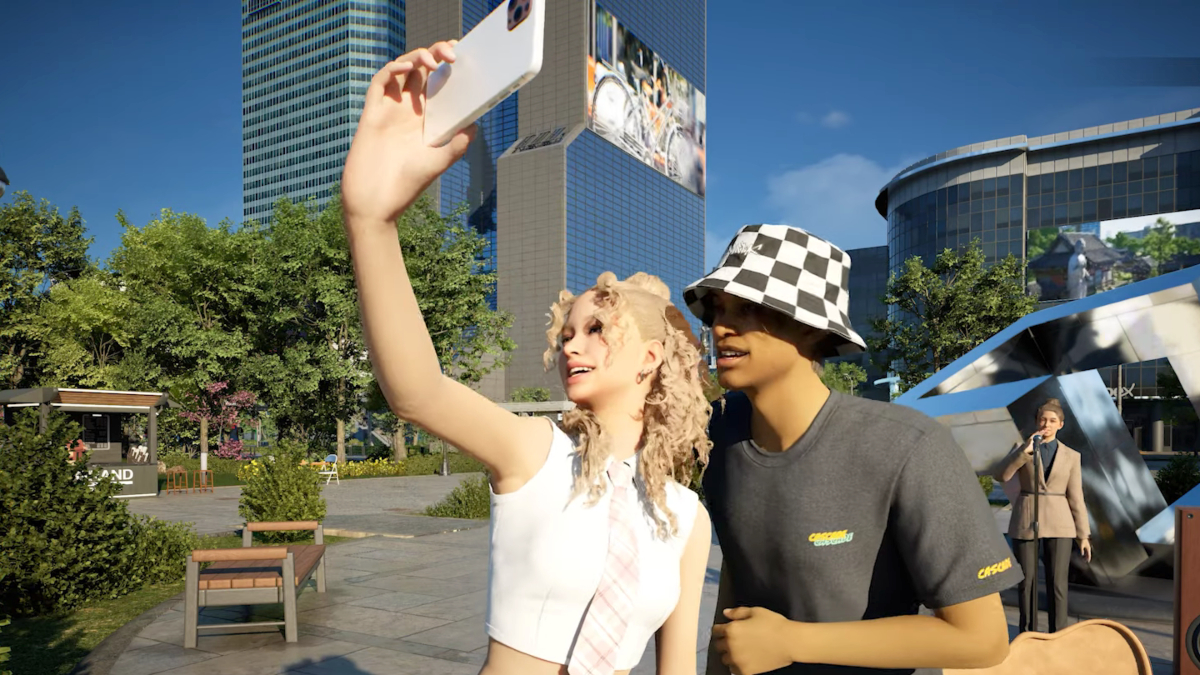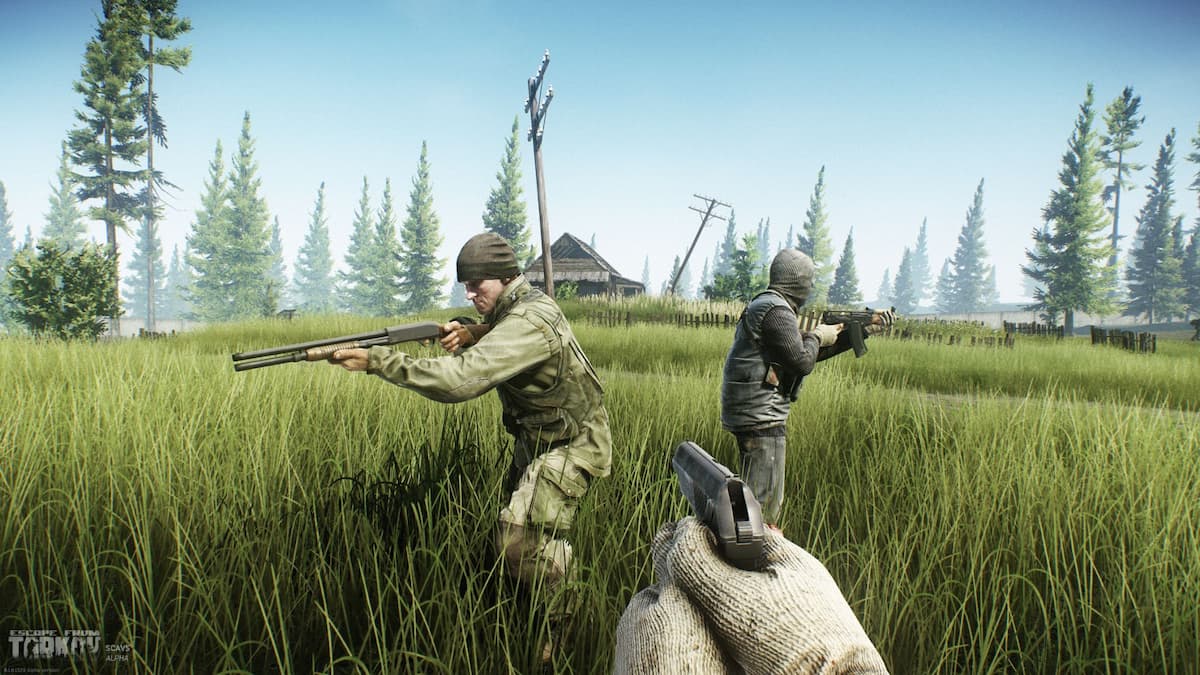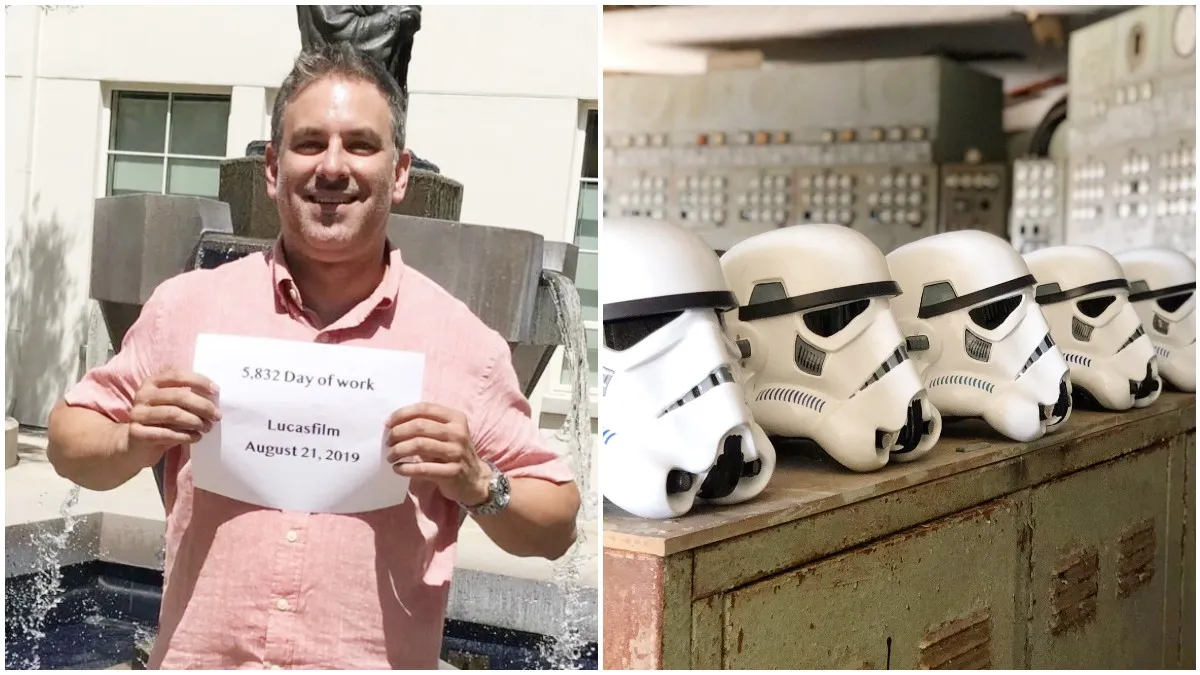When I first saw Sable, I thought that this game would be The Legend of Zelda: Breath of the Wild for people who saw Nausicaä of the Valley of the Wind as their Princess Mononoke. Like the story of a girl in a world so unlike ours, unencumbered by the scraps of civilizations in embrace of the natural world. The inspirations are apparent, and the promise spoke to me. BotW is still one of my favorite games, and ever since I first saw Ghibli’s Nausicaä, I have felt a loss for that world.
Sable is an open-world game with very little in the way of direction. It’s about wandering, discovering the land and people you share this desert world with. And whereas BotW felt distinctly post-post apocalyptic, the return to normal atop the previous collapse, life in Sable has long since found harmony living with and in nature. The ruins of past civilizations, while prevalent, feel all the more ancient. This is a land of nomads and small settlements living within and among the wilderness, surviving on the repurposed materials of old technology. Just look at a screenshot, you can see it all there.
Playing Sable, I felt like I could reach that promise. In one moment, roaming a giant sci-fi spaceship with glowing atomic energy and a holographic AI system, I felt like Rey scaling a Star Destroyer in her quiet introduction in The Force Awakens. These are the moments that Sable revels in. And as I played more of the game, other inspirations became apparent. The unique landscapes, brought to the fore of my experience in Sable with the game’s distinctive look, felt like moving through the lush, color-blocked backdrops of an Adventure Time episode. At times I even felt I was a member of Becky Chambers’ iconic Wayfarer as I happened upon a backwater campsite perched precariously around environmental hazards.

Sable wears these and other inspirations on its sleeve, most notably French comic artist Jean Giraud’s Moebius, as games journalists were quick to note. And while I worry so many comparisons to other series may do the game a disservice, I think the obvious comparison to BotW is worth teasing apart more because, since 2017, there have been innumerable iterations on the Switch launch title’s open-world design. If not pulling a single mechanic or design out of the game, many of these follow-ups have felt like mimics, soulless copies that invoke the aesthetics but none of the themes of the monumental title. Most Recently, Biomutant’s marketing campaigns attempted to do this. Sure, you could roam around a verdant post-apocalyptic environment, but the only-ever violent interactions with the natural world and its whimsical, neon-drenched tone betrayed any pursuit of a game hallmarked by its solemnity.
And without ever feeling the need to announce it, Sable is perhaps the most evocative BotW-like I’ve seen, reminiscing important moments from the Great Plateau and translating mechanics over to its own world in such a way that comparison cannot be avoided. There are things that look and feel a lot like shrines, rocks that glow blue and start to move, there’s something like a glider, there’s even a directionless quest that guides you throughout the game, leaving you to wander the world in search of an objective far in your future.
There are few games I have seen copy quite this much, but Sable is not merely trying to capture the same sentiment. It’s building something new, something that I suspect won’t appeal to as many players. There is no action, for one. No health bars, no weapons, no combat. But this is not merely an appeal to non-violence. All of your journey through Sable is mediated by a relationship with the natural world and other travelers that never raises the need for such. If you fall, your gliding stone will catch you. The water is never too deep. There’s no need to steal when the land everyone subsides on is shared.
The world is no longer post-apocalyptic, and thus the story changes. You are not here to save anyone, but often find yourself running others errands out of kindness and community, looking to learn or find something. “The gliding,” as it’s called, is merely a scripted phase of everyone’s life here. The kids you talk to are excited to take their own, and the adults you meet have all been on one before.
Further, and perhaps most drastically, your player character, the eponymous Sable, has a voice. There’s much more conversation to be had in each settlement, conversations that become personal and revealing, and each is accompanied by Sable’s own first-person narration. The very font of the UI changes in these moments, adopting serifs that made me feel like I was reading a yellowed paperback about a sand-sailing adventurer on a far-away planet.
But unlike such an adventure, or Link himself, Sable is no heroine. She’s vulnerable, scared. Her movement is stilted and she’s learning how not to be awkward talking to the kids she played with only weeks ago. While dialogue options don’t feel like meaningful choices here, they offer different characterizations of the girl. Does she try and hide her worry, or does she seek the support of others? At its best, these options recreate the feeling of thinking through all your options in a world you’re still coming to grips with. And luckily for her, this world doesn’t need anyone’s saving.

Each of these ways that Sable breaks from BotW’s formula is notable. It doesn’t feel like a copy because each addition or exclusion feels consistent with the themes of the mechanics and setting that Sable builds on its own.
There is one thing I want you to know after reading all the hype that I’m sure is about to be published alongside my own contributions: Sable is an indie game. And while its jank will be patched out, there’s many small touches to the role-playing experience that Shedworks simply can’t afford to include. This is a game that gestures at something much more, capturing a slice of a feeling the way Nausicaä felt like a glance into a larger world. While it is certainly big for a project of its scale, the scope of what Sable wants to make you feel in this world is small. On the whole, the experience is much more limited than the many immersive elements that BotW adds up to make.
But that’s OK. This isn’t a game for everyone that ever liked BotW. It’s for the wanderers that still return to Hyrule, trying so hard to get lost again.
This review is based on the PC version of the game. A copy was provided to us by Raw Fury.











